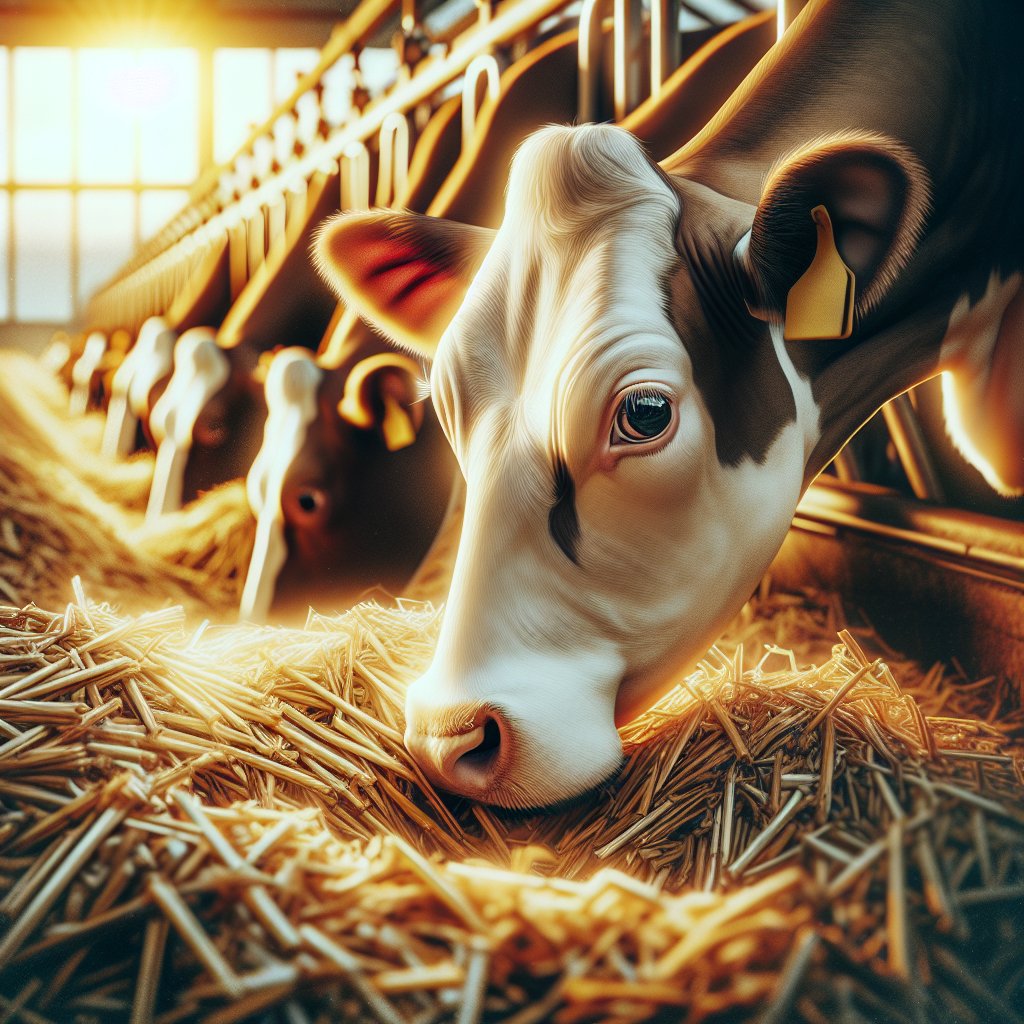The prices of animal feed for livestock have been experiencing significant fluctuations in recent years, influenced by various factors such as global market trends, climate change, and agricultural policies. Understanding these price changes is crucial for farmers, livestock producers, and stakeholders in the agricultural sector, as they directly impact the cost of production and, ultimately, food prices. This article delves into the factors affecting animal feed prices, the implications for the livestock industry, and potential strategies for managing these costs effectively.
Factors Influencing Animal Feed Prices
Several key factors contribute to the volatility of animal feed prices. These include supply and demand dynamics, raw material costs, weather conditions, and international trade policies. Each of these elements plays a critical role in shaping the market landscape for animal feed.
Supply and Demand Dynamics
The basic economic principle of supply and demand is a primary driver of animal feed prices. When demand for livestock products increases, the demand for feed also rises. Conversely, if there is a surplus of feed or a decrease in livestock production, prices may drop. For instance, during periods of high meat consumption, such as holidays or festivals, feed prices may surge due to increased demand from farmers looking to raise more livestock.
Raw Material Costs
The cost of raw materials used in animal feed production, such as corn, soybeans, and other grains, significantly affects feed prices. Fluctuations in the prices of these commodities can be attributed to various factors, including crop yields, global market trends, and changes in agricultural practices. For example, a poor harvest due to drought or pest infestations can lead to a spike in grain prices, which in turn raises the cost of animal feed.
Weather Conditions
Weather plays a crucial role in agriculture, and its impact on feed prices cannot be overstated. Extreme weather events, such as droughts, floods, and hurricanes, can devastate crop yields, leading to shortages and increased prices. Additionally, climate change poses long-term risks to agricultural productivity, potentially resulting in more frequent and severe weather events that disrupt feed supply chains.
International Trade Policies
Trade policies and tariffs can also influence animal feed prices. Changes in import and export regulations can affect the availability and cost of feed ingredients. For instance, if a country imposes tariffs on imported grains, domestic prices may rise due to reduced competition. Conversely, favorable trade agreements can lower prices by increasing the supply of feed ingredients from abroad.
Implications for the Livestock Industry
The fluctuations in animal feed prices have far-reaching implications for the livestock industry. Farmers and producers must navigate these changes to maintain profitability and ensure the sustainability of their operations.
Cost of Production
As feed constitutes a significant portion of the overall cost of livestock production, rising feed prices can squeeze profit margins for farmers. When feed costs increase, producers may be forced to make difficult decisions, such as reducing herd sizes, cutting back on feed quality, or even exiting the market altogether. This can lead to a decrease in livestock supply, further exacerbating price volatility in the long run.
Consumer Prices
Ultimately, changes in animal feed prices can have a direct impact on consumer prices for meat, dairy, and other animal products. As producers face higher costs, they may pass these expenses onto consumers, leading to increased prices at the grocery store. This can affect consumer purchasing behavior, potentially leading to a shift towards alternative protein sources or plant-based diets.
Strategies for Managing Feed Costs
To mitigate the impact of fluctuating feed prices, livestock producers can adopt several strategies. These may include diversifying feed sources, investing in feed efficiency technologies, and implementing better management practices.
Diversifying Feed Sources
By diversifying feed sources, farmers can reduce their reliance on a single commodity, thereby minimizing the risk associated with price volatility. This may involve incorporating alternative feed ingredients, such as by-products from other industries, which can be more cost-effective and sustainable.
Investing in Feed Efficiency Technologies
Technological advancements in feed efficiency can help producers maximize the nutritional value of their feed, leading to better growth rates and lower overall feed costs. Innovations such as precision feeding, which tailors feed rations to the specific needs of individual animals, can significantly improve feed conversion rates.
Implementing Better Management Practices
Effective management practices, such as regular monitoring of feed prices and market trends, can help producers make informed decisions about their feeding strategies. Additionally, maintaining good relationships with suppliers can provide access to better pricing and availability of feed ingredients.
Conclusion
The fluctuations in animal feed prices are a complex issue influenced by various factors, including supply and demand dynamics, raw material costs, weather conditions, and international trade policies. These changes have significant implications for the livestock industry, affecting production costs and consumer prices. By understanding these factors and implementing effective strategies, livestock producers can better navigate the challenges posed by fluctuating feed prices, ensuring the sustainability and profitability of their operations in an ever-changing agricultural landscape.




